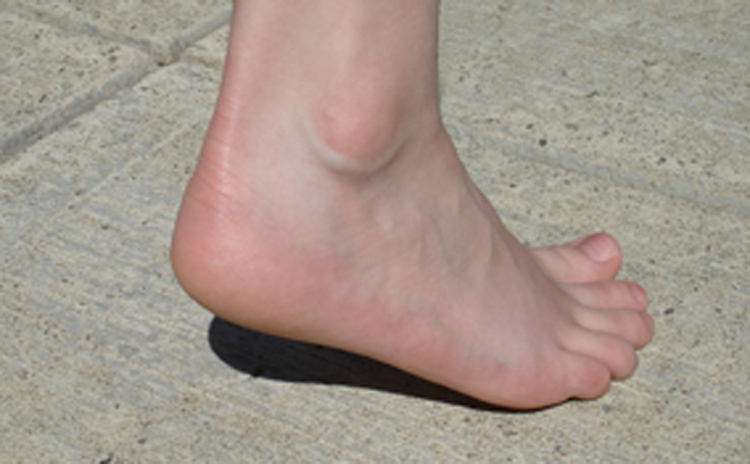
They’ve been walked on, beaten down, and generally ignored. But when it comes to keeping you healthy, they are truly the unsung heroes of your body. Of course, I’m talking about your feet! They support your entire body weight for hours each day and have a quarter of all the bones in your body, so don’t they deserve a little more attention?
Pain in the feet is a definite buzzkill for a runner and has the potential to derail months of training. If you have aching heels and arches, there’s a good chance you’re suffering from something called plantar fasciitis. But worry not: with a few tips and a good pair of shoes, you’ll be off and running in no time.
What Is Plantar Fasciitis?
The plantar fascia is a thick band of tissue that runs from the bottom of your heel bone to the base of your arch. It works together with your Achilles tendon and calf muscle to help push your foot into the ground as you stride forward, so it’s unsurprising that it takes a beating during long runs.
Just like any other muscle or tendon, the fascia can become inflamed from overuse or improper treatment. Inflammation most often presents as a sharp pain in the heel and usually occurs first thing in the morning or after a long period of sitting.
How Can I Prevent It?
Plantar fasciitis is rarely caused by a specific issue and is most commonly the result of prolonged or repetitive activity. In particular, running on hard surfaces like roads and sidewalks, especially with inappropriate or worn-out footwear, increases the risk. Heavier individuals are also at a greater risk, as are individuals with abnormally high or low arches.
Even if you have these risk factors, plantar fasciitis can be prevented with a smart and safe training plan. Make sure you’re running comfortable distances and not trying to increase too fast. Runner’s World advises that a safe increase in mileage is under 10% per week — for example, if you run 15 miles one week, aim to run just 16 the next.
Running on soft surfaces, like grass or trails, as we discussed last week, can also ease the load on your feet, and choosing a high-quality, well-fitting pair of shoes will pay dividends. Tight calf muscles can put additional stress on the plantar fascia, so as always, stretching adequately before and after a workout can keep you loose and healthy.
How Do I Treat It?
If you’re one of the many runners who suffers from plantar fasciitis, the best solution is to scale back your training and ice the inflamed fascia. If your pain causes you to limp as you walk, then it’s probably time to see a professional. Podiatrists and physical therapists are very familiar with this issue, and they may provide you with a recovery plan or even fit you with custom foot orthotics for support. As you recover, try massaging the affected area with a lacrosse ball to loosen your tight ligaments, and always make sure to start any activity with an adequate warm-up.
When it comes to injury, think bottom up: a solid foundation keeps everything else in order. So give a little love to your feet and the rest of your body will thank you!
